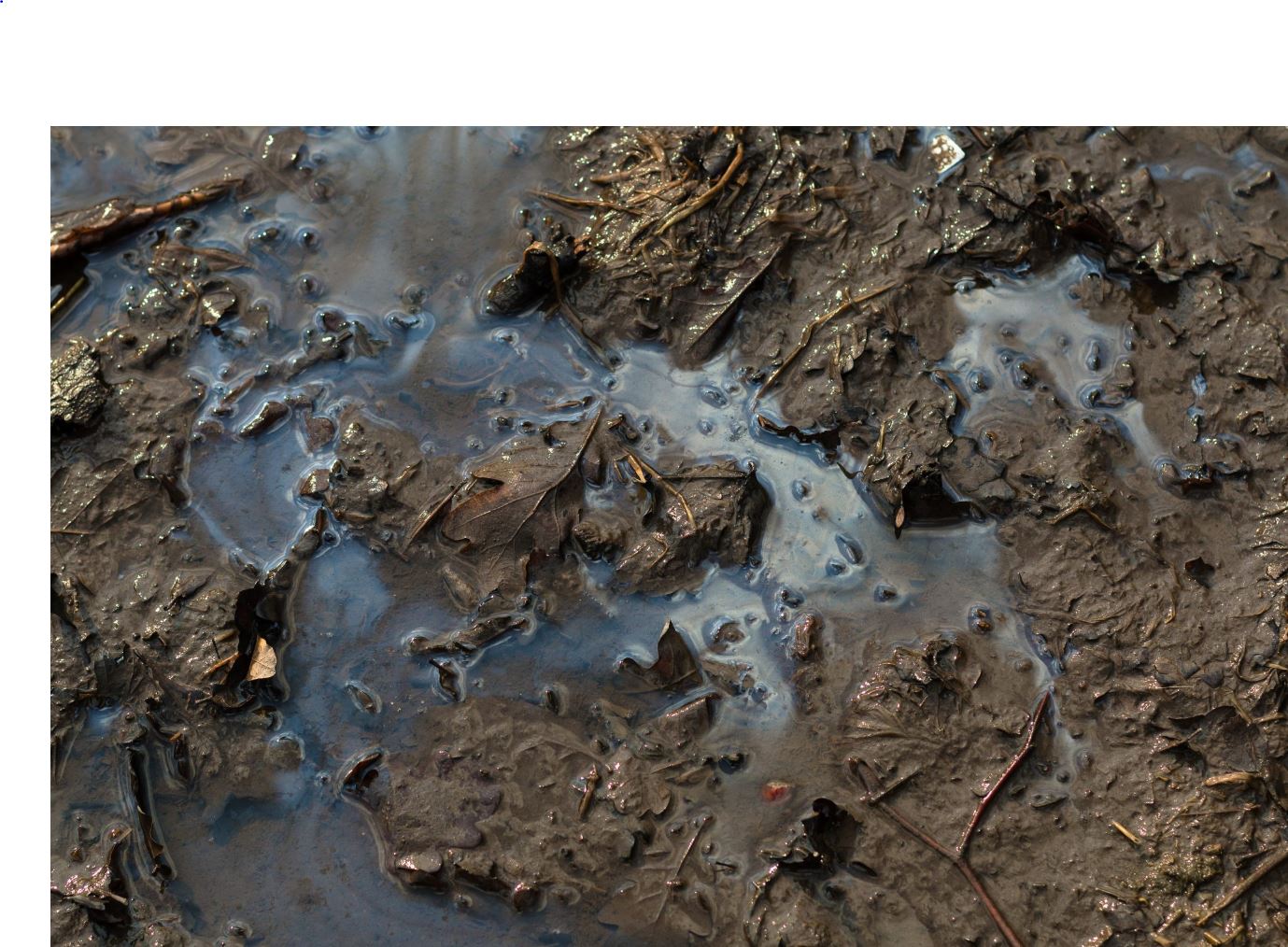 Pioneering researchers from Purdue University and Sandia National Laboratories have found a clever new way to tackle excess carbon dioxide. By using a naturally available clay known as saponite, they’ve demonstrated that a cost‐effective, large‑scale solution to capture CO₂ from the air might be closer than we thought.
Pioneering researchers from Purdue University and Sandia National Laboratories have found a clever new way to tackle excess carbon dioxide. By using a naturally available clay known as saponite, they’ve demonstrated that a cost‐effective, large‑scale solution to capture CO₂ from the air might be closer than we thought.
Professor Cliff Johnston of Purdue shares an eye‐opening fact: ‘Clay minerals have an exceptionally high surface area. One tablespoon of clay has approximately the same surface area as an American football field.’ This vast network of internal pores is exactly what makes these clays so efficient. The pores draw CO₂ molecules to their nonpolar spots, while water molecules settle in the polar regions. If you’ve ever struggled with finding a simple yet effective solution, this discovery shows that nature might already have one waiting in our backyards.
The groundwork for this breakthrough was laid in earlier studies that investigated how clays absorb pollutants from water. Researchers realised that smectites—a group of clays with large surface areas and abundant presence—might hold the key to not just cleaning water but also capturing atmospheric CO₂. By harnessing humidity rather than relying on expensive heat or pressure treatments, the team has refined a technique that also performs well in low-humidity conditions, a notable improvement over existing direct air capture systems.
This is the first study to detail how clay minerals can concurrently absorb CO₂ and water vapor at ambient concentrations. The work, meticulously verified with cutting-edge spectroscopic techniques, opens up promising avenues for reducing industrial emissions or even long-term CO₂ sequestration. Johnston, with nearly 200 scientific publications under his belt, considers this method an important step forward, expanding our options to mitigate climate change using materials that are both accessible and affordable.
By exploring the versatile properties of common clay, this research not only contributes to our understanding of carbon capture but also points to a future where simple materials make a big environmental difference.








